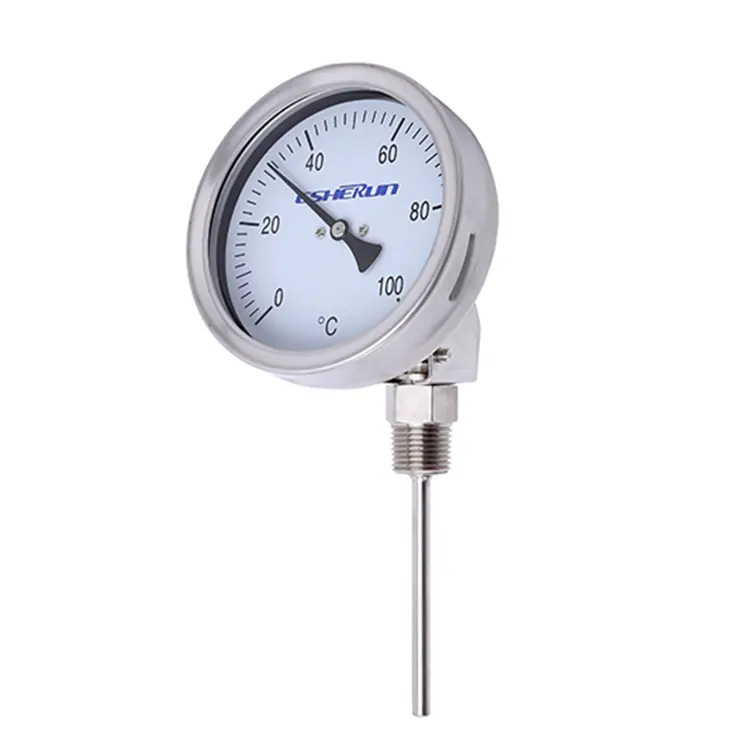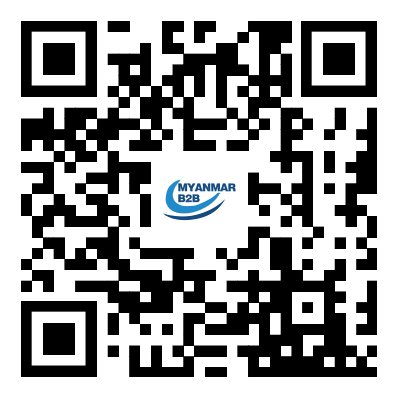An Overview of Temperature Measuring: Methods and Importance
2025-05-27
Temperature is one of the most fundamental and frequently measured physical quantities in science, industry, and daily life. Temperature measuring is the process of determining how hot or cold an object or environment is, and it plays a vital role in ensuring safety, accuracy, and efficiency across a wide range of applications.

Why Is Temperature Measuring Important?
Industrial Processes: Accurate temperature control is crucial in manufacturing, chemical processing, and food production to ensure product quality and safety.
Healthcare: Measuring body temperature helps diagnose illness and monitor patient health.
Weather Monitoring: Temperature readings are essential for climate studies, agriculture, and daily weather forecasts.
Electronics: Proper thermal management of devices prevents overheating and extends equipment lifespan.
Common Temperature Measuring Devices
1. Thermometers
Traditional and digital thermometers are used in homes, laboratories, and medical settings. They can use mercury, alcohol, or electronic sensors to measure temperature.
2. Thermocouples
Used in industrial applications, thermocouples consist of two dissimilar metals joined at one end. The voltage generated at the junction varies with temperature.
3. Infrared (IR) Thermometers
These non-contact devices measure surface temperatures by detecting infrared radiation. They are useful for hot, dangerous, or hard-to-reach surfaces.
4. Resistance Temperature Detectors (RTDs)
RTDs measure temperature by correlating the resistance of the RTD element with temperature. They are known for high accuracy and stability.
5. Thermistors
These are temperature-sensitive resistors with a predictable resistance-temperature relationship. They are often used in household appliances and digital sensors.
6. Temperature Data Loggers
These electronic devices record temperature over time and are commonly used in logistics, storage, and environmental monitoring.
Units of Measurement
The three main units used for temperature are:
Celsius (°C) – commonly used worldwide in daily and scientific measurements.
Fahrenheit (°F) – primarily used in the United States.
Kelvin (K) – used in scientific contexts, especially in physics.
Methods of Temperature Measurement
Contact Measurement: Devices must touch the object (e.g., thermocouples, RTDs).
Non-Contact Measurement: Devices measure emitted radiation (e.g., infrared thermometers, thermal cameras).
Factors Affecting Accuracy
Calibration of the device
Environmental conditions (humidity, airflow)
Sensor placement
Response time of the instrument
Conclusion
Temperature measuring is a critical aspect of modern technology and daily life. With advancements in sensor technology and digital monitoring, we now have more precise, reliable, and convenient ways to measure temperature than ever before. Whether for health, safety, or efficiency, accurate temperature measurement remains a cornerstone of progress across various fields.


